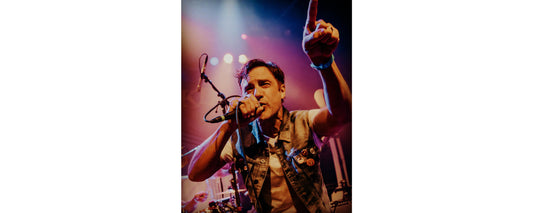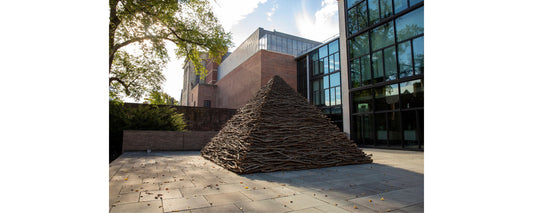At 135 Pole Hill Road in Bethany, an unattended farm stand quietly offers the fruits of one farmer’s extraordinary daily labors. When I first visited in June, the stand’s wooden planks held delicate strawberries, spicy mustard greens, arugula, cilantro, Moroccan spearmint, Chinese chives and two kinds of kale, any of which could be purchased by depositing cash into a can with a slotted lid. When I visited last week, there were plump tomatoes, “early” onions, ground cherries wearing their delicate cloaks, pears ranging in color from peanut to olive, tromboncino squashes as long as your arm, green and red chilies ready to blow steam out of your ears and zucchinis, butternut squashes, sweet peppers and more, all of them heirloom according to signage.


Other language posted around the stand, including, “It’s organic, but you will have to take our word for it,” and, “More organic than ‘organic,’” speaks to an honor system that goes much deeper than trusting people to pay for what they take. It extends behind the stand, past a shallow front yard and onto the farm itself, dubbed The Little Farm on the Hill, where pesticides, herbicides, synthetic fertilizers and even simple machinery are never used. Jeremy Shulick, the farmer, tentatively calls his approach “holistic agriculture,” working as much as possible with nature and as little as possible against it, even while recognizing that farming is an “innately unnatural idea.”


In doing the planting, weeding, watering, picking, feeding, building and cleaning, Shulick is the farm’s hand, with taut muscles and an umber tan; in planning and optimizing companion plantings, plot rotations and systems to protect and nurture his crops (and those of us who eventually dine on them) without poisons or synthetics, Shulick is the farm’s mind, at least on the growing side. His wife, Stephanie, runs the business side—in this case the “mom” portion of this mom-and-pop effort, from marketing to customer service, including weekly fulfillments of a CSA program that has furnished carrots, radishes, blackberries, blueberries, raspberries, string beans, rhubarb, leeks, basil, garlic, oregano, parsley, corn and multiple kinds of cucumber this summer in addition to many of the previously mentioned farm stand crops.


The farm itself feels like a setting from a novel, the kind that gives urban and suburban folk nostalgia for a life they’ve never known. When Jeremy gave me a tour in June, explaining every element of his approach with far more detail and directness than I can offer here, his farm was a fine mess of order—a thing not built for beauty that was all the more beautiful for it. In that early part of the year’s major growing season, snaking tendrils, wavy leaves and pert berries had begun to emerge from battings of hand-formed earth, a quilt stitched together by hodgepodge fencing, salvaged wrought iron trellises, hoop-supported netting, twine suspended between wooden poles and a plastic-pipe structure like an open-air greenhouse. Among many crops still hidden beneath the earth at that time were sweet potatoes, melons, pumpkins, okra and popcorn-friendly bear paw corn.


The Little Farm on the Hill’s animals—chickens, goats and pigs, not to mention a retired guard dog named Hammy and at least one cat—provided more beauty still. Their care mirrors that of the plants in some ways, with the pigs and goats needing to be periodically rotated between different areas so the land beneath their feet can regenerate. The chickens, whose eggs are sometimes sold at the farm stand, have their own fenced-in coop, where they’re enlisted, ingeniously, to help pre-process compost. But they’re also able to fly that coop, which is why they sometimes popped up elsewhere during the tour. The goats—Coffee, Ren, Maisy and little Merle—calmly picked their way through the grass or climbed neatly over obstacles as if they weren’t even there, a zen presence except when they tussled over the same piece of shrubbery. The pigs, Hank and Lois, their dark faces accented by white streaks over their snouts and some of their eyelashes, were brimming with soul and intelligence within their happy muddy plot, and the dog, Hammy, who hangs out next to the house when not inside it, was quick to turn from a guardian of others to a friend of mine.





Should you visit the farm stand, whose bounty, I expect, is peaking about now, you may hear Hammy barking or a rooster crowing. You may be tempted to walk around the stand and get a look at the source of that bounty and those sounds. All of us, on some level, want to know where our food comes from, and this is as good a chance—and as good an answer—as we’re going to get.
Written and photographed by Dan Mims.







